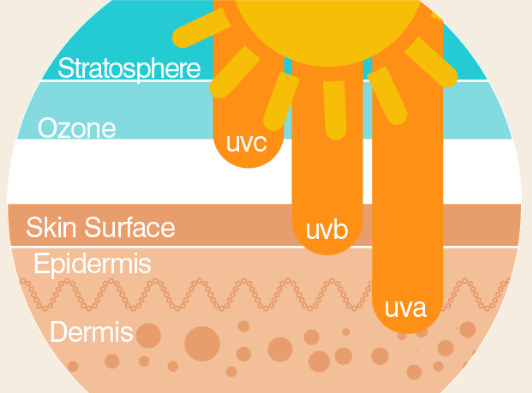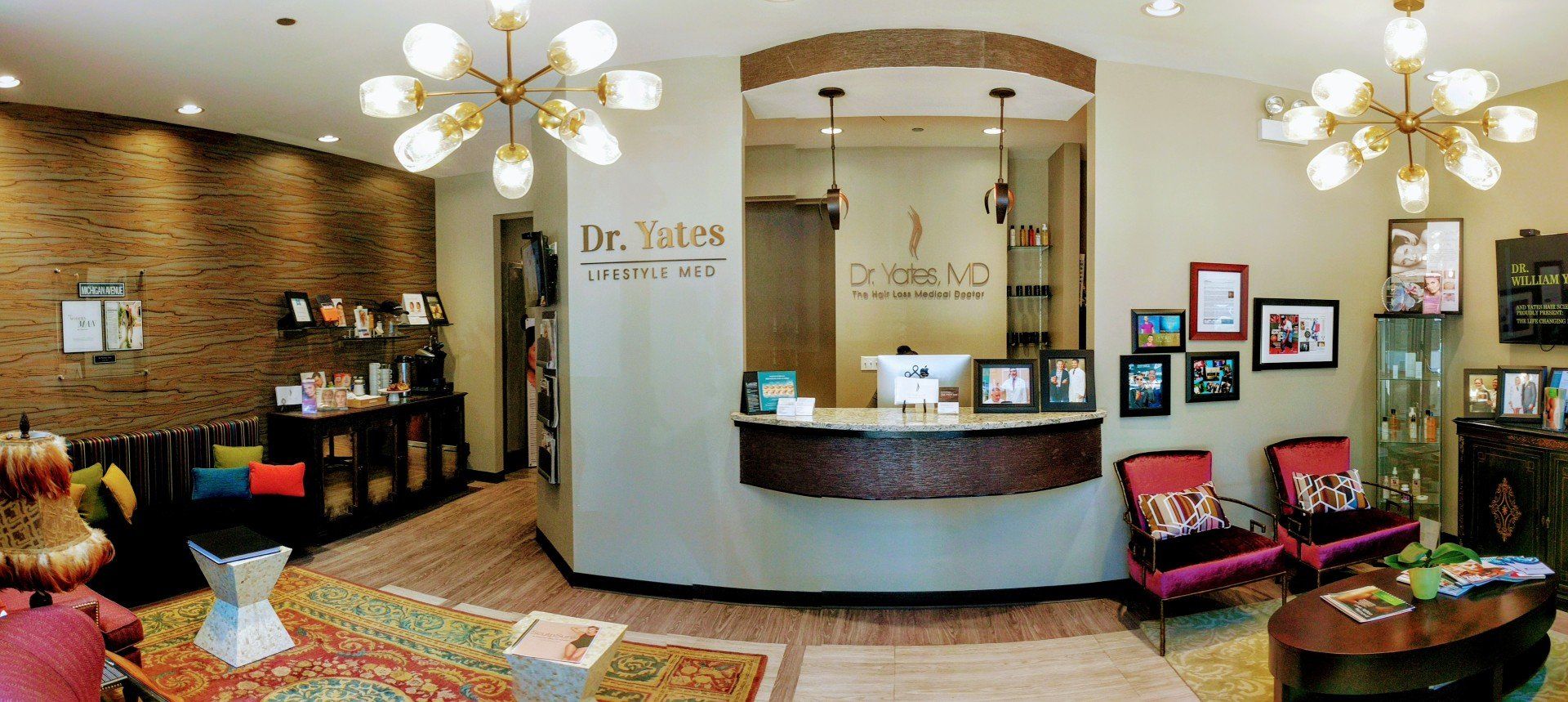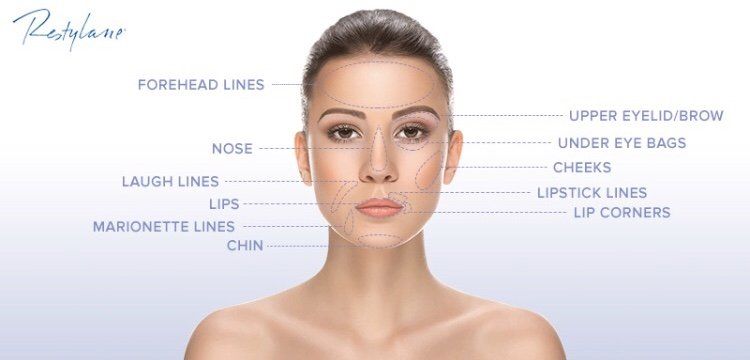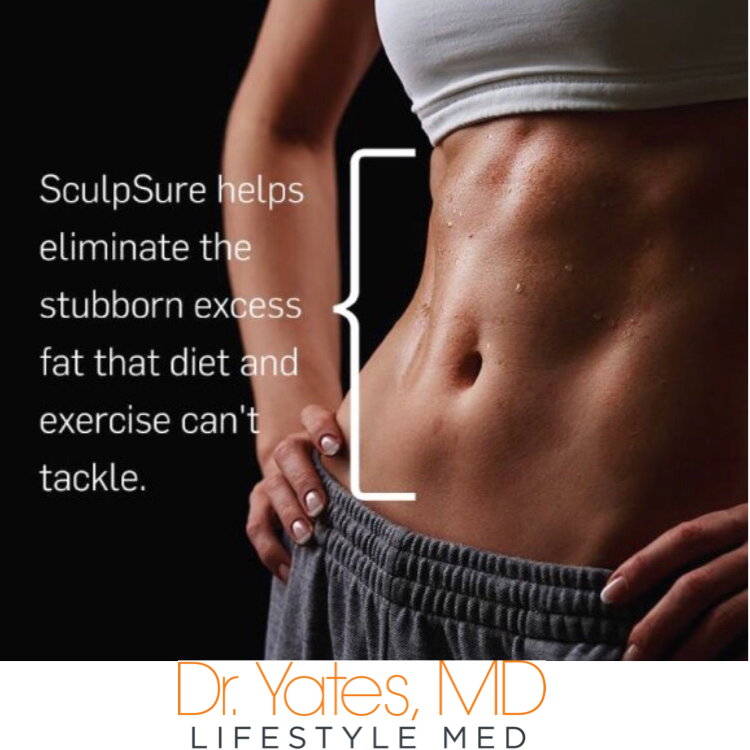Botox, what is it and how does it work?
- By nat rosasco
- •
- 04 Apr, 2018
- •

Botulinum Toxic type A is a neurotoxin protein approved by the FDA to use for temporary improvement in the appearance of moderate to severe facial frown lines and also for other medical uses.
In 1987 a medical practice split between a Dermatologist and an eye Doctor, noticed that the BOTOX injected near the eyes to treat blepharospasm (incontrollable eye twitching) was also diminishing the patients’ frown lines, some patients were even asking for it even if the eye twitching wasn’t present. It took a few years for the FDA to approve BOTOX for cosmetic use, but since then, it has become the number 1 non-surgical cosmetic procedure and although providers were targeting mostly females, BOTOX has rapidly become the number 1 cosmetic procedure for males as well.
Botox is cosmetically used for treatment of wrinkles, most often the wrinkles on forehead lines, crow’s feet and frown lines. When a wrinkle is injected with BOTOX, the muscle cannot contract, hence softening/disappearing the appearance of the wrinkles.
How is the BOTOX applied? How soon will I see results?
BOTOX should only be applied by a Medical Doctor or Registered Nurse, certified and knowledgeable of facial anatomy and neuro-muscular dynamic. All BOTOX applications should be done in a medical setting.
BOTOX treatments vary in length depending on the areas to be treated, but it is mostly a rapid procedure. The MD or RN will assess your face and ask you to gesture and wrinkle in order to determine where the injections will be best administered at, then they will clean the area to be treated and inject.
Results are typically seen 24-72 hours and full results within two weeks, the results last between 3 to 6 months depending on the area treated.
What not to do after?
Although you can go back to your daily activities, it is advised that you avoid laying down for the next 4 hours and that you don’t touch the treated areas.
Dr. William Yates is a Board Certified Surgeon, owner of Dr. Yates LifeStyle Med, we thrive in providing our patients with the outmost care and satisfaction. Our team of experts are all medically trained, Allergan trained and our Nurse is a Member of the American Society of Plastic Surgical Nurses and The Illinois Medspa Association.
Call us today, to schedule your free consultation!
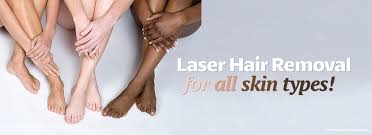

In our past blog post
, we talked about what is Regenerative Medicine and the role that Stem Cells play. We are now going to explore more about the uses of Regenerative Medicine and its benefits in different medical fields.
Uses of Regenerative Medicine
Through the use of stem cell therapy, doctors are developing completely new ways to treat and manage chronic conditions such as diabetes, heart failure, nerve disease, bone and joint conditions. It is also utilized to help Skin Trauma Victims, Skin Aging and Hair Regeneration.
Rejuvenation
Skin is our largest organ and it experiences the most exposure over time, hence suffering from aging. As time passes our skin develops fine lines and wrinkles that can successfully be treated with Regenerative Medicine. Injecting the areas to be treated with your own cells yields great results and minimal risks. The most sought after procedures are:
- Platelet Rich Plasma . Using a sterile tube, your own blood gets spun by a centrifuge in order to separate the components of your blood; blood cells are divided from the plasma which now contains a higher than normal number of platelets, this is known as platelet rich plasma or PRP.
These platelets are the cells that promote cell growth and regeneration that when injected into the face, neck, hands or desired area, act as a trigger for your skin to generate collagen growth, tissue regeneration, smoothing and tightening your skin, giving it better texture and tone.
-Fat grafting & Adipose Cell Therapy. This innovative technique allows for a neat transfer of fat which is rich in mesenchymal stem cells. Adipose derived stem cells, are easily separated from fat tissue allowing for a minimally invasive “natural filler” to be used to plump areas of need or fill in lines and aging skin while stimulating growth factors.
Replacement
Regenerative Medicine has opened doors to the possibility of replacing damaged organs/cells with healthy ones while overcoming the risks of immunosuppression. In the cosmetic industry, the most sought out regenerative medicine procedures are:
-Scar Treatment. After trauma, our skin heals itself sometimes leaving scars that can be treated with regenerative therapies followed by the use of Low Level Laser Therapy to promote healing.
-PRP for Hair Growth. Using the same principle of blood separation by centrifuge, the Platelet Rich Plasma is injected into the scalp activating natural growth factors that stimulate hair growth and slows hair shedding.
Organ Regeneration
This process involves delivering specific types of cells to sick or diseased organs with the purpose of regenerating organ function. Bone marrow transplants are the most popular type of regeneration, however as science develops, new and improved ways to apply cell regeneration toward the need of organ transplants and organ donation.
Regenerative Medicine provides us with the most cost effective with minimal risks and long term solutions for our health, be it cosmetic procedures, hair loss solutions and even life saving outcomes. At Dr. Yates LifeStyle Med we strive to provide our patients with the best quality of care, give us a call to schedule your procedure!

